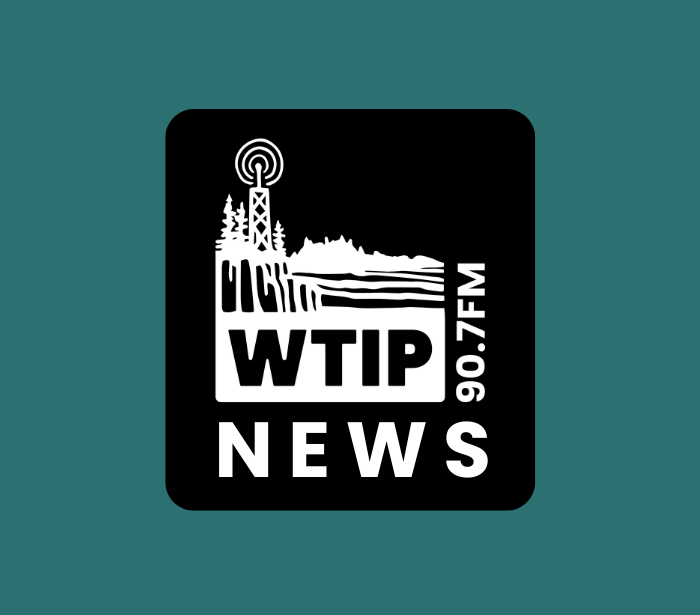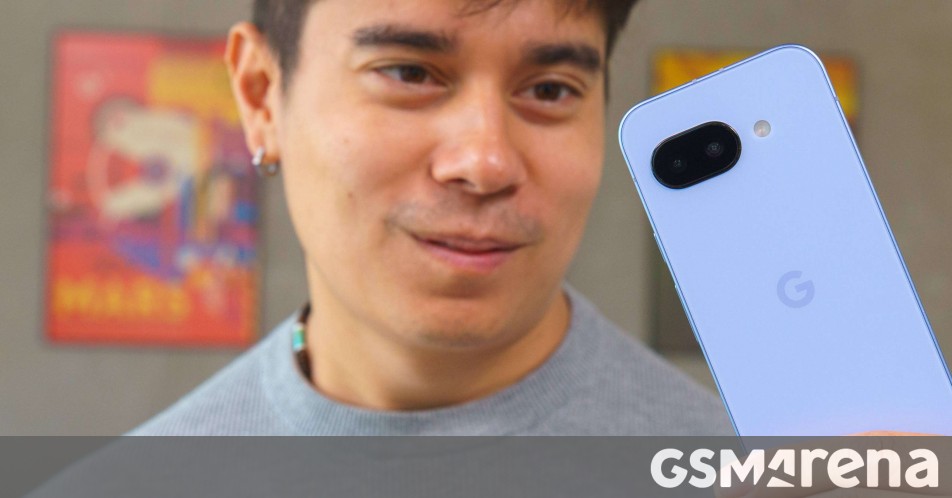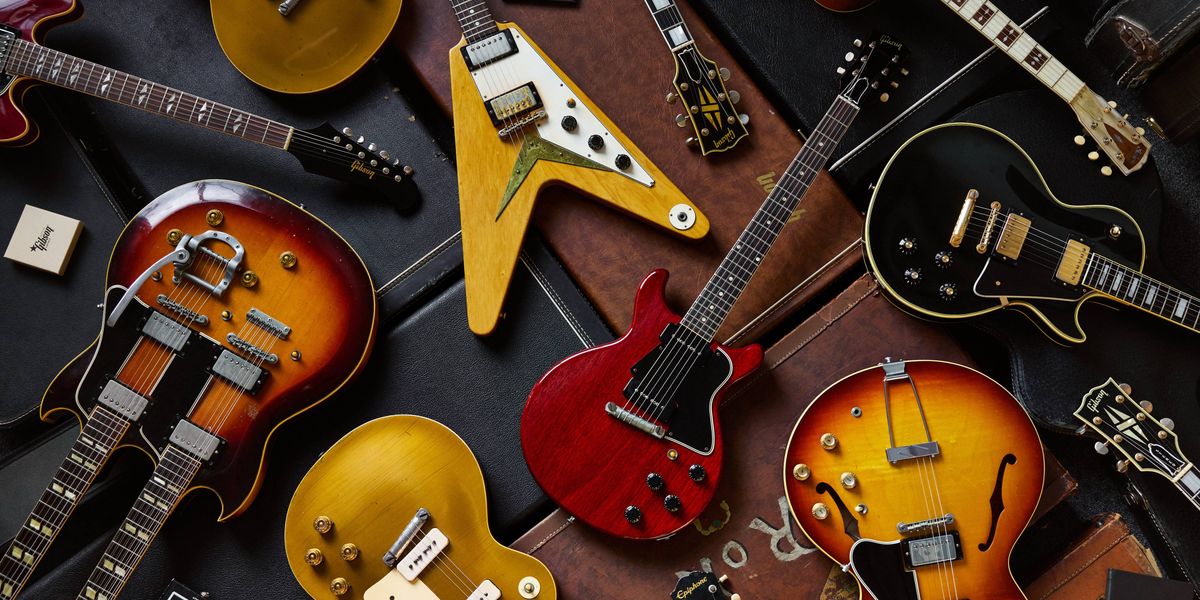Ubuntu’s Rust Revolution: Charting the Course for Linux Innovation in 2025
In the ever-evolving realm of open-source operating systems, Ubuntu has long stood as a beacon for both casual users and enterprise deployments. As 2025 draws…

In the ever-evolving realm of open-source operating systems, Ubuntu has long stood as a beacon for both casual users and enterprise deployments. As 2025 draws…

Cook County will host a countywide scavenger hunt for middle and high school students during winter break.
The scavenger hunt will include nine participating businesses from Grand Portage to the Gunflint Trail to Tofte. Each business will provide students with one word from a larger phrase. After contacting all nine businesses, students are instructed to email Youth Prevention Coordinator Rocio Rivas to receive the final clue.
Students may contact participating businesses by phone if they are unable to visit in person.
“We don’t want the businesses to have problems with helping their clients during this activity,” Rivas told WTIP. “So we chose several businesses that we knew have more than one employee, or are not that busy at this time of the year.”
Rivas said the idea for the scavenger hunt came directly from students, who were asked what activities they wanted during winter break.
The scavenger hunt will run from Dec. 26 through Jan. 3. A wrap-up gathering will be held Jan. 8 at North Point, where students can share what they learned. All participants will receive a prize, with an additional prize awarded to those who complete the phrase correctly.
Rivas assembled a scavenger hunt packet that includes a list of participating businesses, a suggested script for calling or visiting, and space for students to record what they learn from each interaction. Posters with a QR code linking to the packet are posted throughout the community. Students and families may also contact Rivas directly at Rocio.Rivas@co.cook.mn.us for more information or to participate.
“This is all with the purpose to have the youth feel seen, supported and welcome across the community and increase the positive interactions between the youth and the adults in our community,” Rivas said.
Additional activities for students are also scheduled during winter break. The Art Colony hosted an arts and crafts class featuring origami, figurines and magnets on Dec. 26 and will host another session on Dec. 30 from 10:30 a.m. to 1 p.m.
North House Folk School will host drop-in crafts and handmade games on Jan. 3 from 10 a.m. to 4 p.m.
WTIP’s Josh Hinke spoke to Rocio Rivas about these winter break activities. The audio of that conversation can be found below.

Every year Magic: the Gathering’s Commander format gets a massive influx of new legendaries, all competing to be the most beloved by card gamers across the globe. This year, Y’shtola, Night’s Blessed came out on top, utterly stomping…

Google’s hardware division didn’t have a particularly strong 2025, releasing new phones that didn’t really stand out as particularly innovative. That’s not the best strategy in any market, but it’s particularly damaging in those outside the…

Researchers at UBC Okanagan have figured out how plants make mitraphylline, a rare natural substance that has drawn attention for its potential role in fighting cancer.
Mitraphylline is part of a small and unusual family of plant chemicals known…

With Pokémon GO’s Winter Holiday Part 2 event promising avalanches of fun, don’t forget about the Pokémon GO Winter Weekend taking place December 27, at 10:00 a.m. to December 28, 2025, at 8:00 p.m….

With Pokémon GO’s Winter Holiday Part 2 event promising avalanches of fun, don’t forget about the Pokémon GO Winter Weekend taking place December 27, at 10:00 a.m. to December 28, 2025, at 8:00 p.m….

Gibson Certified Vintage isn’t just a place for the lucky few to buy a vintage guitar; it’s a portal into the DNA of some of the most important instruments in history. Every level of the program is composed of people obsessed with acoustics,…

The East’s hottest streak and a dunk at the top.
This Jalen Smith rim-rocker ignited Chicago’s game-winning run.


An NBA TV doubleheader leads a nine-game Saturday, beginning with the Kings hosting the Mavs in a SoFi…